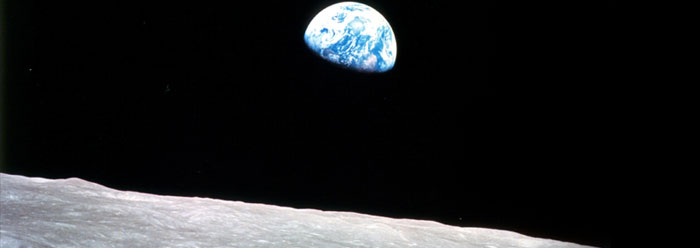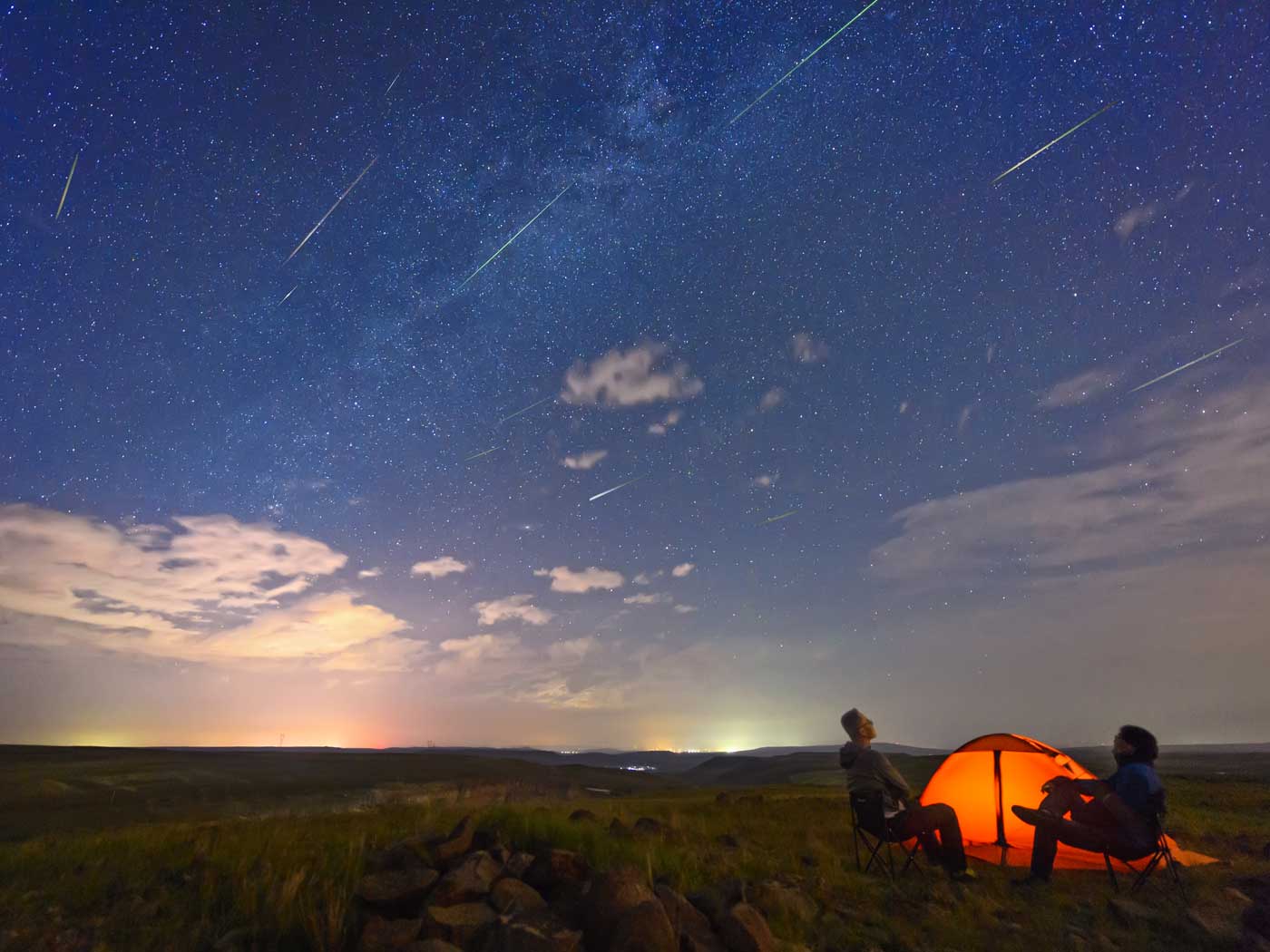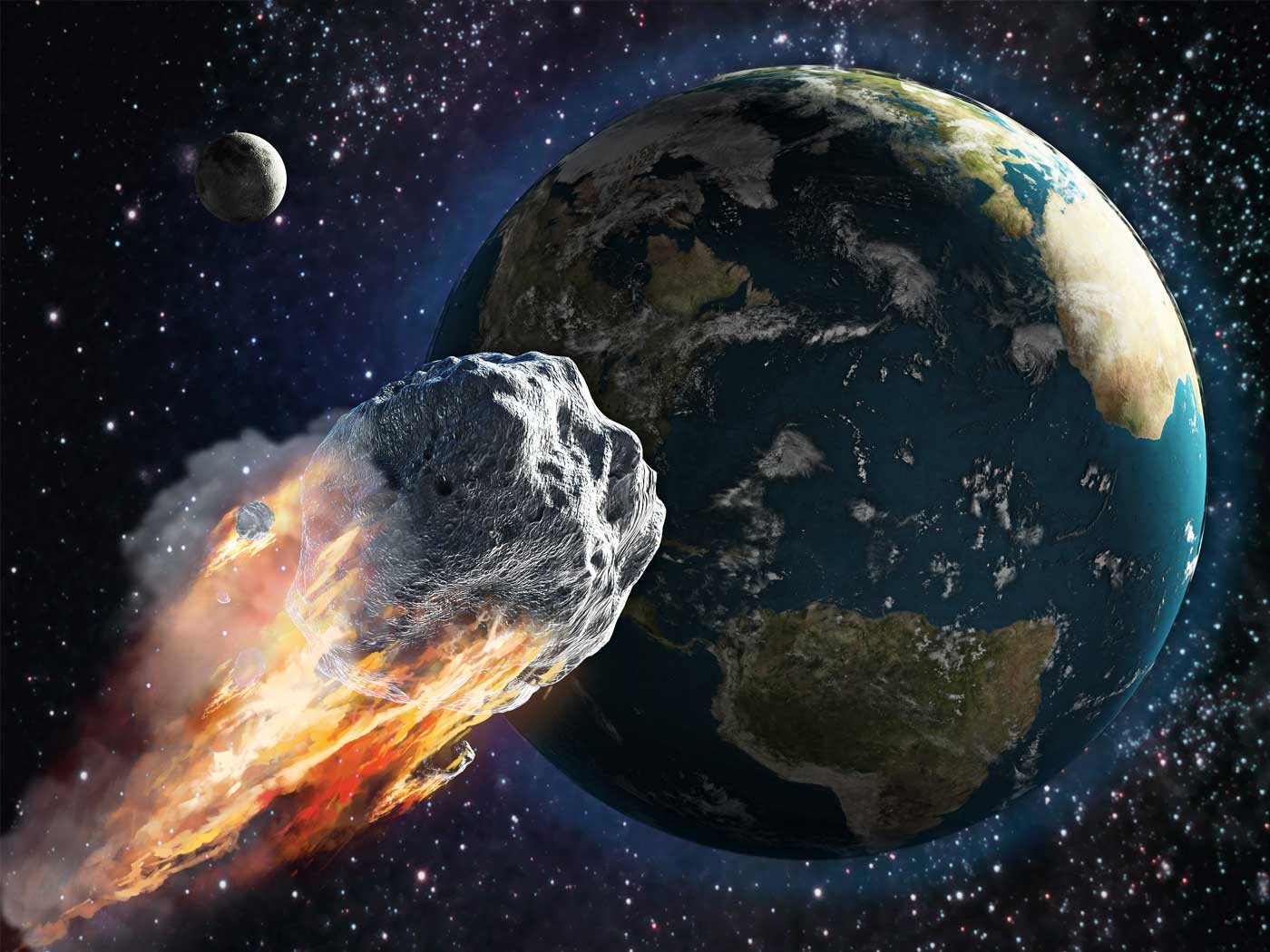Scientists have speculated for years about how planets, stars, and other astronomical systems formed. One proposed explanation is collisions, random destructive events that supposedly generated and placed comets in their orbits, produced the planet Venus, and even created the earth and moon.1 But since newly discovered extra-solar planets are not found in “planetary maternity wards, but conveyor belts of doom,”2 collisions don’t seem an adequate explanation. A recent and rare observation of collision remnants adds new doubts to the concept.
NASA’s Spitzer Space Telescope detected what looks to be the leftovers of a major collision between two rocky bodies, one the size of Mercury and the other nearly the size of the moon. The apparent result is that the moon-sized rock was pulverized into space dust and debris. Some fragments were converted to tektites, which are refrozen lava pieces. These indicate that the violence of the impact was sufficient to melt the original rock bodies.
This discovery of debris, detailed in The Astrophysical Journal in August 2009, was hailed as significant because it is the closest that astronomers have come to observing the kind of collisions that characterize their conceptions of planetary origins. Commenting for NASA, Carey Lisse said, “This is a really rare and short-lived event, critical in the formation of Earth-like planets and moons.”3
But what has been observed is evidence of a process opposite to “formation”—destructio
Scripture provides an alternative description of planetary and astronomical origins that, though not described scientifically, does explain them as resulting from miraculous creations of an able God:
O give thanks to the Lord of lords: for his mercy endureth for ever.…To him that by wisdom made the heavens: for his mercy endureth for ever.4
References
- Thomas, B. Can Cosmic Collisions Create? ICR News. Posted on icr.org February 20, 2009, accessed August 13, 2009.
- Coppedge, D. 2008. Nebulous Hypothesis. Acts & Facts. 37 (2): 15.
- Planet Smash-Up Sends Vaporized Rock, Hot Lava Flying. Jet Propulsion Laboratories, NASA press release, August 10, 2009, reporting on research published in Lisse, C. M. 2009. Abundant Circumstellar Silica Dust and SiO Gas Created by a Giant Hypervelocity Collision in the ~12 Myr HD172555 System. The Astrophysical Journal. 701 (2): 2019-2032.
- Psalm 136:3, 5.
Image Credit: NASA
* Mr. Thomas is Science Writer at the Institute for Creation Research.
Article posted on August 18, 2009.























